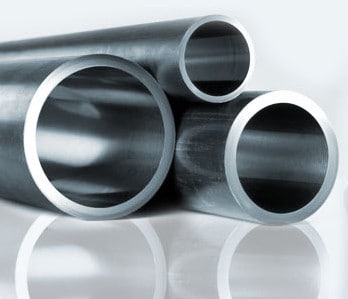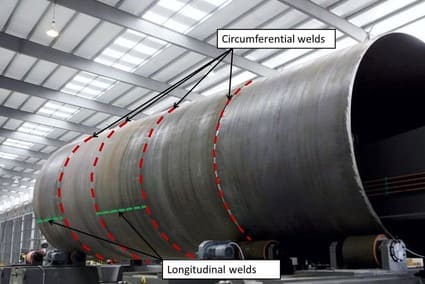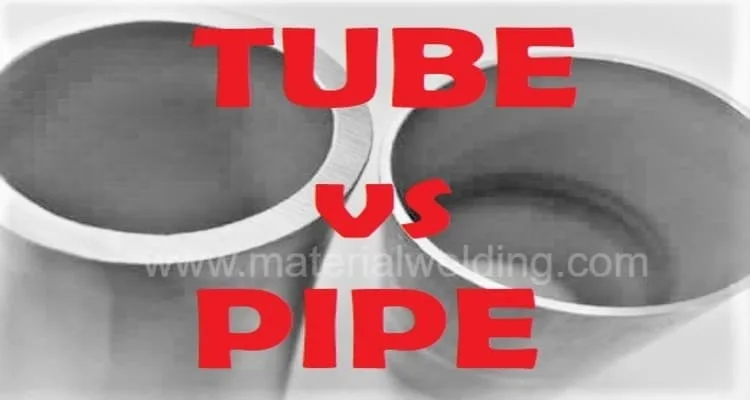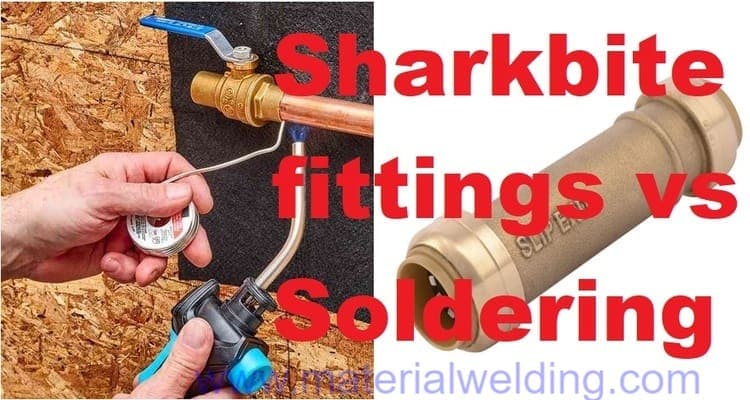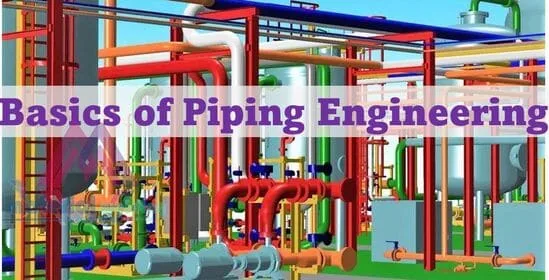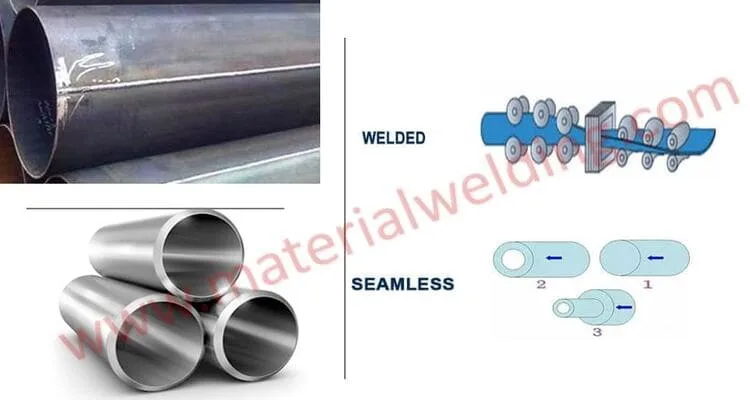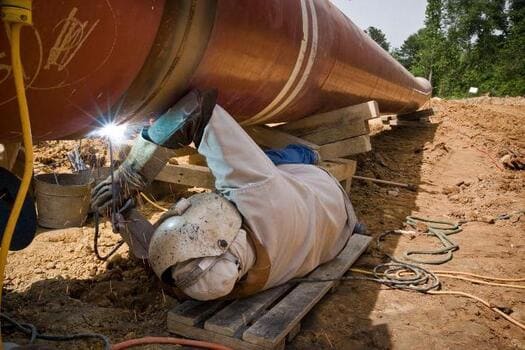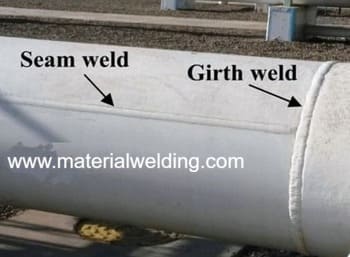What is the best welding rod for GI Pipe?
Galvanized iron (GI) pipes are widely used in various applications, from plumbing systems to industrial structures, due to their corrosion resistance and durability. Selecting the appropriate welding rod for GI pipes is crucial to achieving strong, leak-free joints and ensuring long-lasting performance. In this article, we will discuss the best welding rods for GI pipes, their properties, and some practical tips for achieving optimal welding results.
So, which is the best rod for GI Pipe Welding?
The best welding rod for GI Pipe depends on several factors such as the thickness of the pipe, type of joint, and welding technique.
The choice of welding rod for a GI (galvanized iron) pipe would depend on several factors such as the type and thickness of the pipe, the welding technique used, and the welding position. However, in general, it is recommended to use an AWS E6011 or E6013 & E7018 electrode for welding GI pipes.
Generally, E6013 and E7018 welding rods are used for GI pipe welding. One of the most popular welding rods for GI pipes is E6013. This electrode is an all-purpose welding rod that can be used on various types of steel, including galvanized iron (GI) pipes.
Related Reading: Best Welding Rod for Galvanized Steel
It provides excellent penetration and produces a smooth weld bead with minimal spatter. Furthermore, it has a relatively low amperage requirement, making it easy to use even by novice welders. E6013 is a versatile electrode that provides a smooth arc with minimal spatter. It is suitable for thin pipes and can be used in all positions – flat, horizontal, vertical, or overhead.
E6011 electrodes are designed for use with direct current (DC) and are suitable for all positions. They have excellent penetration and can weld through rust, oil, and other contaminants. This makes them a good choice for welding GI pipes that may have surface contaminants.
On the other hand, E7018 is ideal for thicker pipes as it creates a strong weld with excellent tensile strength. It requires higher amperage to operate but produces very little slag.
Understanding GI Pipes
Galvanized iron pipes are made of mild steel coated with a layer of zinc, which provides protection against corrosion. The galvanization process can be hot-dip galvanizing, where the steel is submerged in molten zinc, or electro-galvanizing, where an electrical current is used to deposit zinc on the steel surface.
Welding GI pipes can be challenging due to the zinc coating, which can produce toxic fumes and interfere with the weld’s quality. Therefore, choosing the right welding rod and following proper welding techniques are essential for successful results.
Best Welding Rods for GI Pipes
When welding GI pipes, it’s crucial to select a welding rod that is compatible with the base material and provides adequate protection against corrosion. Here are some top welding rods recommended for GI pipes:
- E6013: This all-position, mild steel electrode is one of the most popular choices for welding GI pipes. It has a rutile-based flux coating that provides excellent arc stability and ease of use. The E6013 welding rod is suitable for both AC and DC currents and can be used with various welding techniques, including shielded metal arc welding (SMAW) and gas metal arc welding (GMAW).
- E7018: Another suitable welding rod for GI pipes is the E7018 low-hydrogen electrode. This rod is designed to minimize hydrogen-induced cracking and provides excellent mechanical properties. The E7018 welding rod is suitable for DC current and is ideal for critical applications, such as high-pressure pipelines and structural supports.
- E309L: For welding GI pipes to stainless steel, the E309L stainless steel electrode is a suitable choice. This welding rod provides a strong, corrosion-resistant joint and can be used with both AC and DC currents.
Comparing Welding Rod Properties
| Welding Rod | Base Material | Coating Type | Current Type | Applications |
|---|---|---|---|---|
| E6013 | Mild Steel | Rutile | AC and DC | General-purpose, all-position |
| E7018 | Low Hydrogen | Low-Hydrogen | DC | Critical applications, all-position |
| E309L | Stainless Steel | Rutile | AC and DC | GI Pipes to Stainless Steel |
Practical Tips for Welding GI Pipes
- Proper joint preparation: Clean the pipe surface near the joint to remove any dirt, oil, or zinc coating. This will help prevent contamination and ensure a strong, reliable weld.
- Preheat the pipe: Preheating the GI pipe to around 250-300°C can help minimize the risk of hydrogen-induced cracking and improve weld quality.
- Choose the right welding technique: Shielded metal arc welding (SMAW) and gas metal arc welding (GMAW) are both effective techniques for welding GI pipes. Choose the method that best suits your specific application and skill level.
- Control welding speed: Maintaining a consistent welding speed can help prevent burn-through and ensure a uniform weld bead.
- Use proper ventilation: Welding galvanized steel produces toxic fumes. Always use proper ventilation and, if necessary, wear a respirator to ensure your safety.
Conclusion
Selecting the best welding rod for GI pipes is crucial for achieving strong, durable joints and preventing corrosion. Consider the base material, coating type, and welding current when choosing a welding rod, and follow proper welding techniques to ensure the best results.

